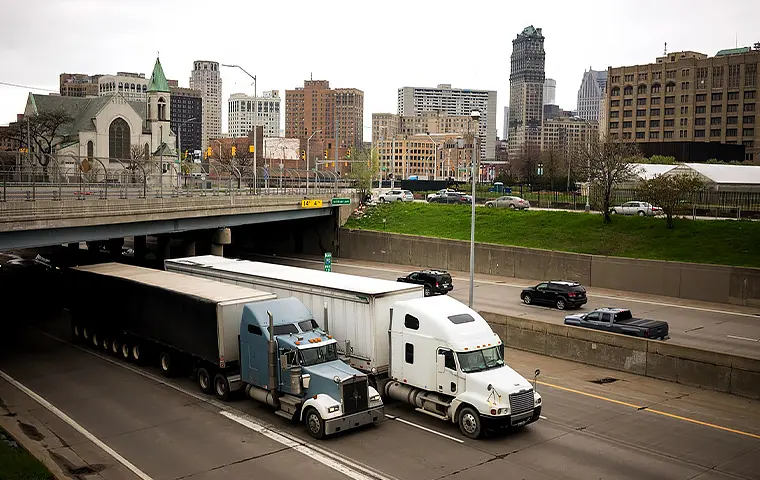In January 2022, we published several articles discussing the new infrastructure spending bill that President Biden signed into effect. In summary, these articles made predictions regarding how this investment in infrastructure would affect the fleet industry in both the short and long terms. We will link these previous articles below. In 2023, it’s time to see how this infrastructure bill has worked out in practice.
What Money Is Available?
As discussed in previous articles, this bill was called the Infrastructure Investment and Jobs Act, or IIJA. It allocated $1.2 trillion toward traditional and next-generation infrastructure. These funds will roll out over the next few years.
Where Is the Money Being Spent?
Keep in mind that infrastructure refers to more than roads and bridges. This bill, when passed, had two goals: upgrade our aging infrastructure of all types, and accelerate our nation’s shift to a cleaner economy. With that in mind, the $185 billion allocated so far has been spent in these ways:
- 60% — roads, bridges, and major projects
- 8% — public transit
- 7% — resilience
- 6% — water
- 5% — clean energy and power
- 4% — ports and waterways
- 4% — safety
- The remainder — airports, environmental remediation, electric vehicles, buses, ferries, broadband, etc.
What Projects Are in Development?
Each state has different projects in development, and each state has a different portion of funds allocated. California and Texas have the most funds. These are some of the most significant projects that the money is going towards:
- San Antonio, Texas: Expanding Loop 1604 on I-10
- Dallas, Texas: Improving the 635 East
- Arizona: Widening the I-17 Split
- Travis County, Texas: Widening the I-35
- New York: Increasing the Van Wyck Expressway and improving access to and from JFK airport
- Los Angeles, California: Expanding lanes along Route 5
- Orlando, Florida: I-4 Interchange improvement outside the city
- Columbus, Ohio: I–70/71 Downtown Ramp project
- California: Rehabilitation of the Pomona Freeway between the Long Beach and San Gabriel River Freeways
- San Luis Obispo, California: Improving Route 46 Corridor
Each of these projects will cost between $150 million and $450 million to complete.
Another project to keep an eye on includes the National Electric Vehicle Infrastructure (NEVI) Formula Program, which will use $5 billion over five years to build a network of electric vehicle chargers. This plan is part of President Biden’s goal of implementing 500,000 charging stations by 2030.
How Does This Affect Fleets?
Infrastructure and fleet management are closely related. We’ve discussed this infrastructure bill and its potential connection to fleet operations in the past. Check out our articles from January 2022 on the subject to learn more.
New $1.2 Trillion Infrastructure Bill Includes Vehicle Miles Traveled (VMT) Pilot Program; Why This is Important to Your Fleet Business – Jan. 20th, 2022
This blog post provides valuable information about the infrastructure bill and its connection to the VMT pilot program. It explores the program's goals and potential implications for transportation funding and sustainability efforts.
How the $1.2 Trillion Bipartisan Infrastructure Bill Could Grow the Number of Fleet Drivers in the Workforce in the Future – Jan. 20th, 2022
This blog post delves into the infrastructure bill's potential impact on the ongoing truck driver shortage. It highlights key provisions and strategies to address this critical issue and enhance the efficiency and productivity of the trucking industry.
How Does Infrastructure Bill’s $110 Billion Investment in Roads and Bridges Impact Fleet Industry in the Short and Long-Term? – Jan. 20th, 2022
This informative blog post discusses the far-reaching impact of the infrastructure bill on the fleet industry. It explores various aspects, such as funding opportunities, technological advancements, and sustainability measures, highlighting how the bill can shape and transform the future of fleet operations.








